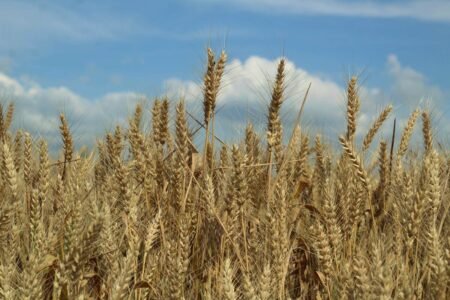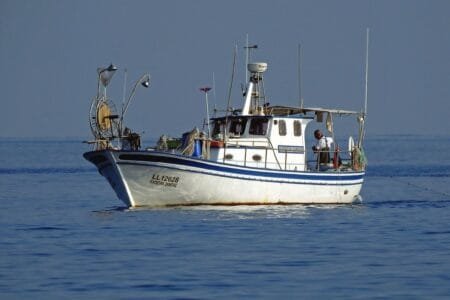The Health and Consumer Protection Directorate-General of the European Commission manages the Better Training for Safer Food initiative. This report describes the activity of Better Training for Safer Food in 2006.
Advertisement
What is the Better Training for Safer Food initiative?
Better Training for Safer Food is a European Commission initiative aimed at organising EU training for national control authorities who are responsible for verifying compliance with food and feed law, animal health and welfare rules, and plant health rules.
Why was it established?
The initiative was launched in order to ensure that people working as part of the Member States’ competent authorities were up-to-date with all aspects of EU food and feed law. The aim is to make sure that controls in all Member States are performed uniformly, objectively and efficiently, so that citizens can rely on the same level of food safety no matter where they are in the EU. With regard to third countries and in particular developing countries, Better Training for Safer Food’s main aim is to familiarise official control staff with EU import requirements, thereby facilitating access to the EU market for third country products and ensuring the safety of EU imports.
What is the budget for the initiative?
The budget allocated for activities in 2006 was EUR 4 million. For 2007, this figure rose to EUR 7.5 million. It is estimated that, for the implementation of the level of training planned for the long term, an annual budget of around EUR 15 million will be required.
Who manages the initiative?
The initiative is managed by the training sector of the European Commission DG for Health and Consumer Protection.
How is the training organised?
In September 2006, the Commission adopted a White Paper on Better Training for Safer Food, which explored the options for shaping the future training strategy under this programme. This paper provides an overview of the range of possibilities for organising training in food and feed law, animal health and welfare, and plant health. Pending the implementation of the long-term strategy, training programmes are run on an annual basis, covering a range of subjects. External contractors, chosen following calls for tender, help to organise and implement the programmes.
What details does the Better Training for Safer Food annual report 2006 provide?
The report gives details of the background to the initiative and the work carried out in preparation for the launch of training activities in 2006. It goes on to provide an outline of the training programmes which took place in 2006, including the results in terms of participation and feedback received. The report also looks ahead to the programmes running during 2007 and gives details the progress being made in implementing the long-term training structure.
What activities were carried out in 2006?
A total of seven programmes were run during 2006. Five of these were EU-based and covered Hazard Analysis and Critical Control Points principles, EU standards for animal by-products, animal welfare at slaughter and in disease control situations, and veterinary checks at air- and seaport border inspection posts. Two programmes were exclusively for third countries and dealt with EU food import standards for fish and fruit & vegetables, and the control of highly pathogenic avian influenza.
How many participants took part and from where did they come?
In all, 1,400 participants attended Better Training for Safer Food events in 2006. For training programmes taking place in the EU, around 80% came from EU Member States, 10% from candidate and associated countries, and 10% from third countries. For the third country activities participants were exclusively from non-EU countries. Some members of the private sector also took part in the training (at their own expense).
How are the participants chosen?
For each training workshop, a set number of places, fully funded from the Community budget, are allocated to Member States, candidate and associated countries, or in some cases, third countries. The competent authorities of Member States and candidate countries then propose participants to the Commission, which then gives its final approval.
Does the Commission receive any feedback on the training?
Interim and final reports are provided for each training programme within the initiative, by the contractors organising that programme. These reports allow the Commission to asses how well the programmes are functioning. In addition, extensive evaluation forms are completed by training participants at the end of each workshop. This is useful both for deciding how the content of the training could be improved and also for gauging future training requirements in other areas.
What is scheduled for the 2007 training activities?
The 2007 activities comprise twelve training programmes taking place in the EU, candidate countries and third countries. The seven programmes which ran during 2006 are continuing, most of in them in an expanded format. In addition, five new training programmes are running. Three of these are EU-based and cover the monitoring and control of zoonoses, food contact materials, and the evaluation and registration of plant protection products. Two other programmes are exclusively for third countries. These are focussing on training ASEAN laboratory staff in food testing, and the EU Rapid Alert System for Food and Feed.
Better Training for Safer Food annual report for 2006
Source: European Commission







